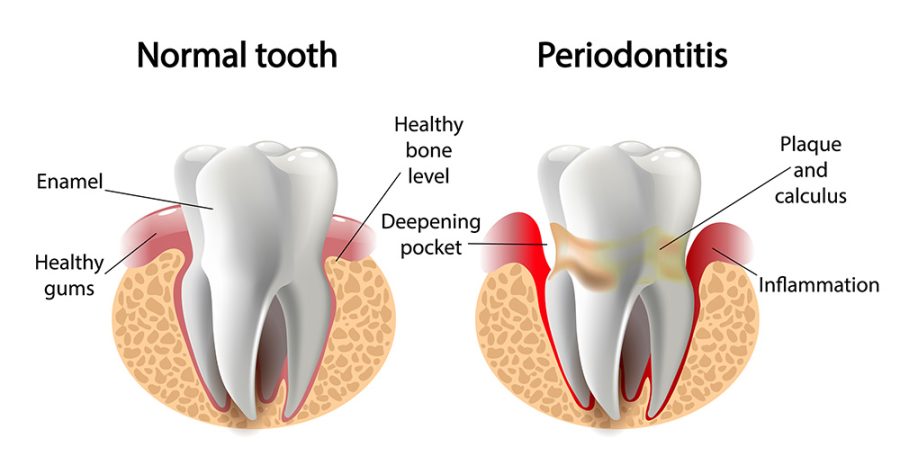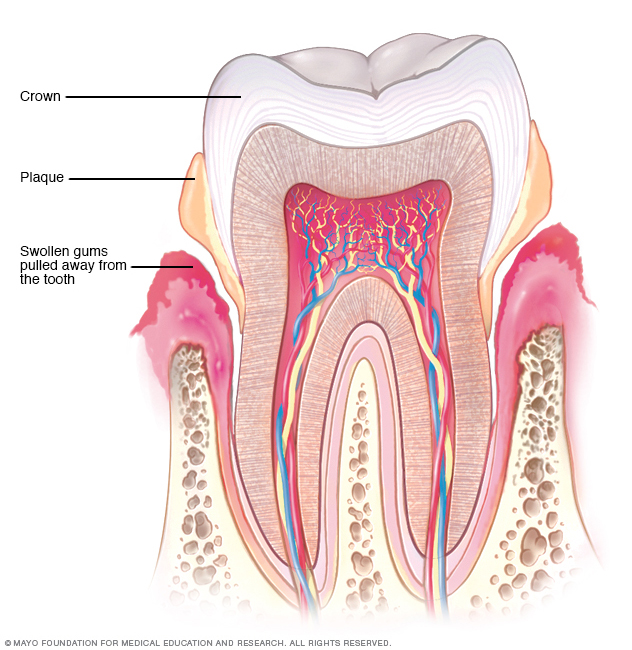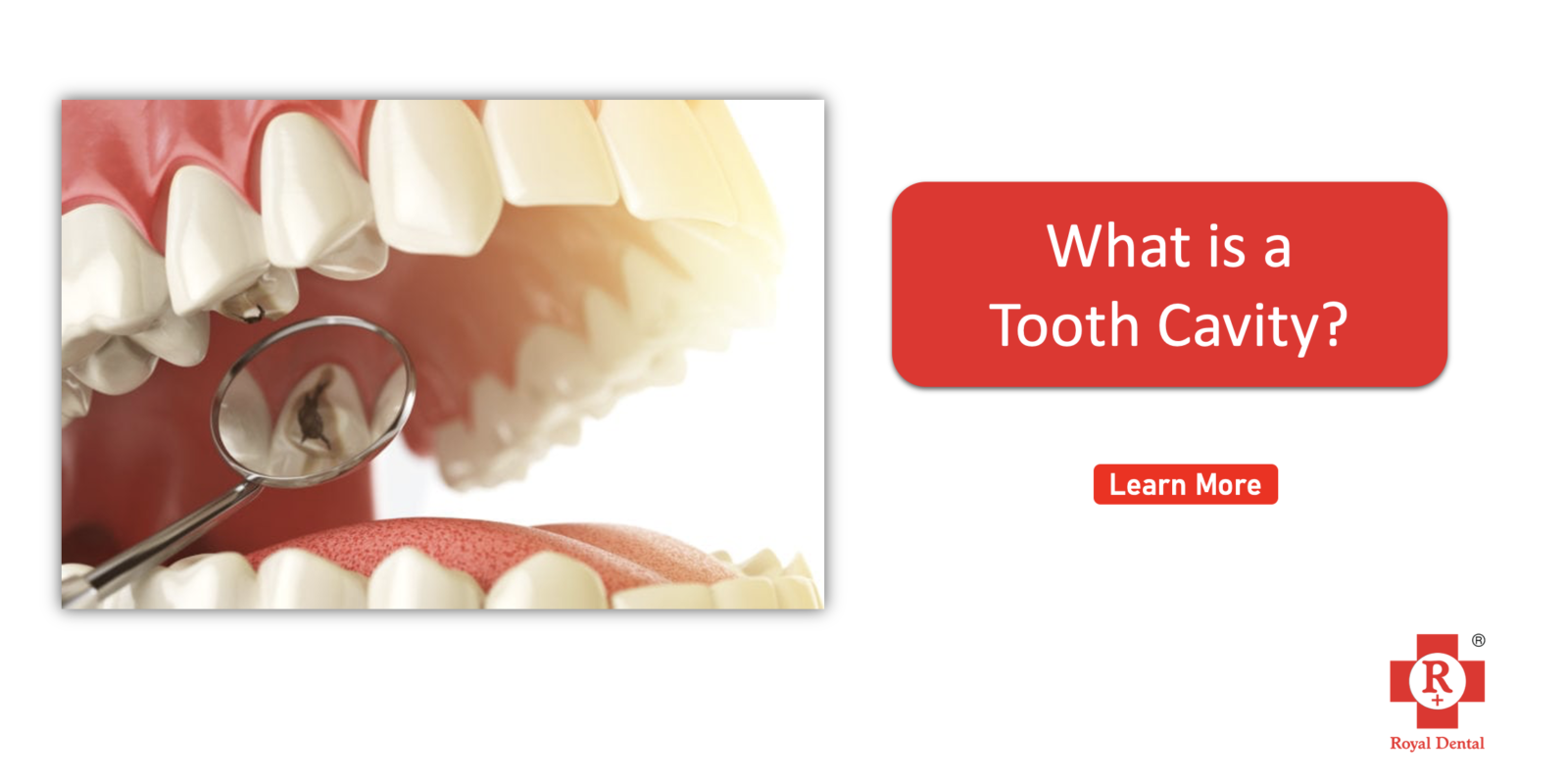Dental cavities, also known as tooth decay, are tiny lesions formed on the surface of your teeth when there is an overgrowth of bacteria, a reduction in natural fluoride, or a combined effect of both. The presence of dental cavity has various negative effects on your oral health and may lead to more serious conditions if left untreated. Fortunately, there are ways to prevent them from happening. If you have ever had a cavity, you probably know exactly what it feels like. Let’s take a closer look at what having a cavity feels like so that you can identify the early warning signs if they ever return.
What are the symptoms of a dental cavity?
There are a few different symptoms you should look out for when you suspect a dental cavity. If you notice any of these, it is important to head to the dentist as soon as possible. If you leave it, the cavity will get bigger and more difficult to treat.
Toothache – Since a it affects the dentine of the tooth, it can lead to pain and a toothache. If you have a toothache, you know how painful it can be. If you think it might be due to a cavity, you should visit the dentist as soon as possible.

Changes in Tooth Colour – Since a dental cavity occurs under the surface of the tooth, the only way you would notice a change in the colour of your tooth is if you noticed a change in the colour of your gums. A red or dark colour in the gum tissue is a sign that you have a dental cavity.
Changes In Tooth Structure -It progresses to a certain point, you may notice that the tooth becomes softer and more sensitive.
How do you know if you have a dental cavity?
If you suspect that you have a dental cavity, you should make an appointment with your dentist. Your dentist will examine your teeth and gums and look for signs of tooth decay. If they notice any cavities, they will discuss treatment options with you. The dentist may use an intra-oral camera to take a picture of your teeth and zoom in on any signs of a dental cavity. If you are not sure whether you should make an appointment with the dentist, there are a few things you can look out for.

Tooth sensitivity – If you have sensitive teeth, it could be a sign of tooth decay. If you brush and floss regularly, it is possible that you have sensitive teeth due to a buildup of plaque and tartar. However, if this sensitivity is new and does not go away after brushing and flossing, it is possible that you have a dental cavity.
Changes in Tooth Colour – Since a dental cavity occurs under the surface of the tooth, the only way you would notice a change in the colour of your tooth is if you noticed a change in the colour of your gums. A red or dark colour in the gum tissue is a sign that you have a dental cavity.
Changes in Tooth Structure – It progresses to a certain point, you may notice that the tooth becomes softer and more sensitive.
What does a dental cavity feel like?
A dental cavity feels like a dull ache or a burning sensation in the affected tooth. The tooth may also feel sensitive to hot or cold temperatures. If you have a toothache, it is important to seek treatment as soon as possible. The longer you wait, the more likely it is that the dental cavity will get bigger. If you have a dental cavity, you may also notice the typical taste of metal when drinking warm beverages. This is because the dental cavity has eaten away at the enamel and has reached the dentine layer. At this point, a dental filling or a dental crown may be necessary to treat the dental cavity.

How do you treat a dental cavity?
If you have a dental cavity, you should visit your dentist as soon as possible to prevent it from getting worse. The dentist will discuss treatment options for the dental cavity with you based on the severity of the cavity. If it is possible to treat the dental cavity and prevent it from getting worse, the dentist will likely try to do so. It has progressed to a certain point and it is too late to save the tooth, the dentist may suggest a dental filling or a dental crown.
A dental filling is a treatment used to fill a dental cavity. The dentist will remove the decay from the inside of your tooth, clean it out, and then fill the cavity with a special material. The filling is then used to restore the structure of your tooth and prevent the cavity from getting any bigger.
A crown is a treatment used to repair a broken tooth or to treat a dental cavity. The dentist will remove the decay from inside the tooth and then build up the tooth with a special type of material. Once the tooth has been built up, the dentist will use a special type of material to build up the outside of the tooth as well.
Conclusion
Having a it is a very common occurrence, especially among people with poor oral health habits. However, if you take care of your teeth properly, you can prevent from forming. If you have any of the symptoms discussed above, it is important to visit the dentist as soon as possible. If you leave the dental cavity untreated, it will get bigger and more difficult to treat, it doesn’t mean that you have bad teeth. It just means that you don’t have a healthy mouth. With healthy habits, you can prevent cavities from forming in your teeth.






